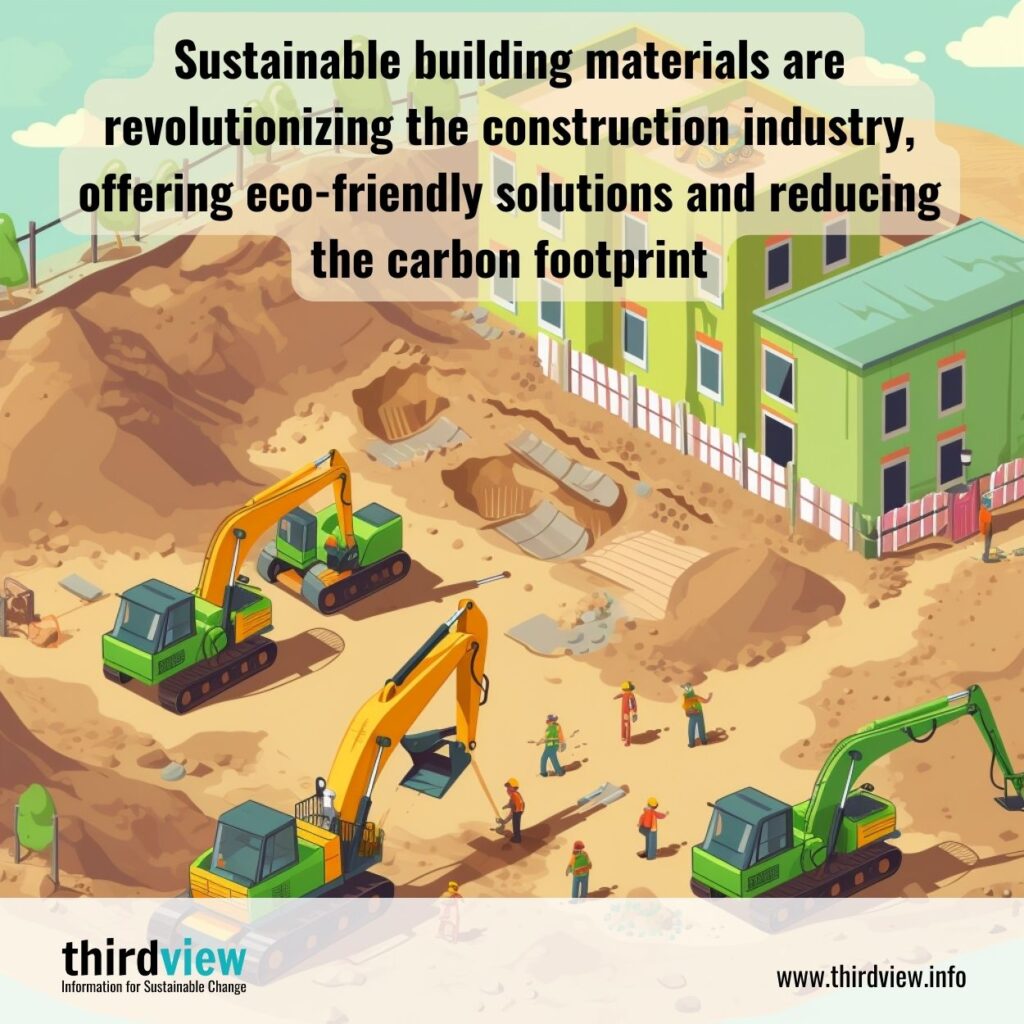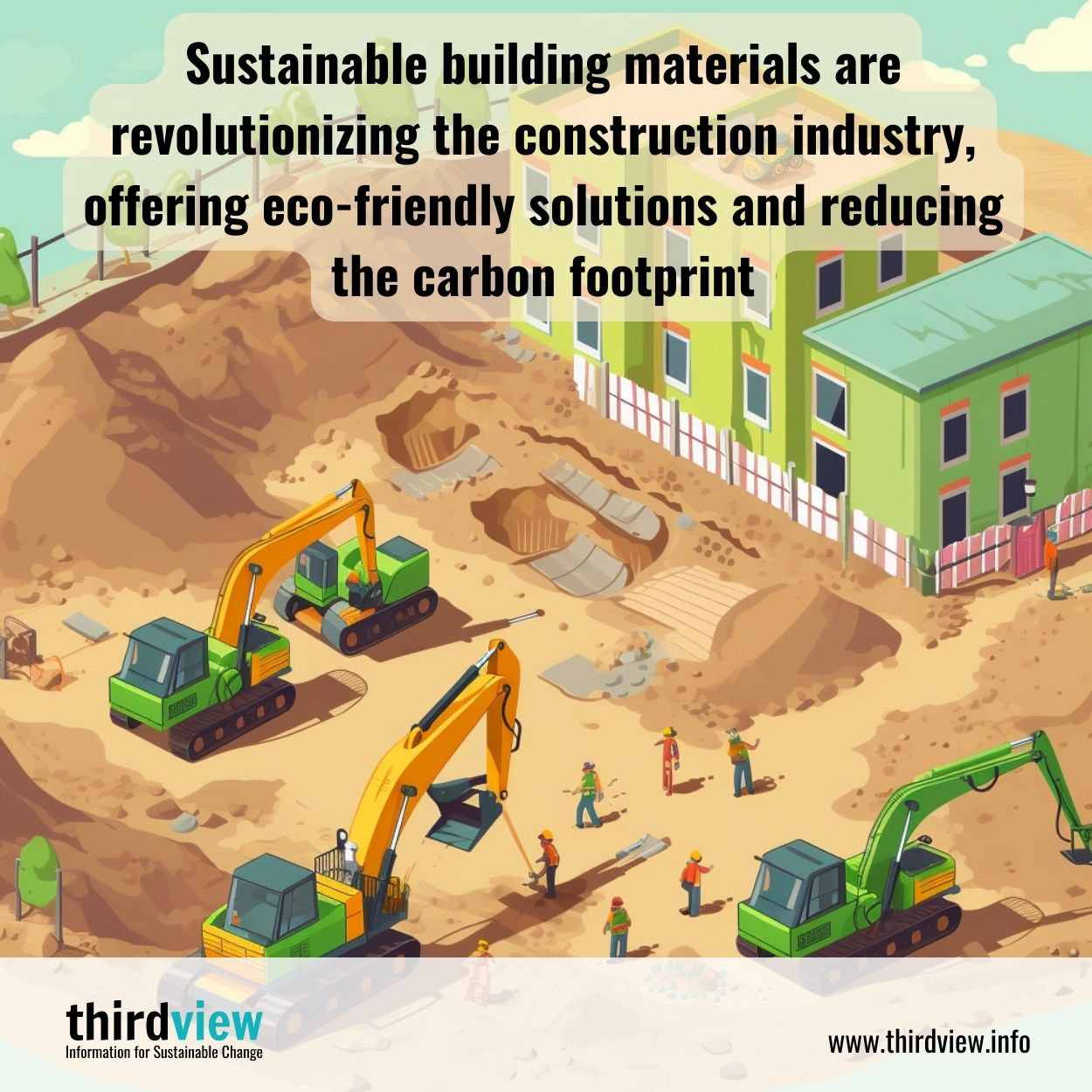The construction industry has seen an increased demand for green building products that are eco-friendly, sustainable, and reduce carbon footprint. As a result, there has been a remarkable revolution in the building industry to create sustainable structures. Sustainable building materials are designed to increase energy efficiency, lower carbon footprint, reduce waste, and minimize environmental impact. This blog post presents the benefits of sustainable building materials, the different types of sustainable and eco-friendly building products, and the significance of these materials in modern construction.
Sustainable building materials provide several benefits. Firstly, they minimize the environmental impact and promote a healthier indoor environment. By using eco-friendly products, construction companies can reduce hazardous emissions and promote good air quality inside buildings. Secondly, these materials are durable and long-lasting, which translates into a reduction in the waste generated from repairs or replacement of worn-out materials. Sustainable materials are designed to withstand weather conditions and other stress factors and hence offer longevity and reduce repairs and replacements, leading to cost savings.
Several types of eco-efficient building materials have been developed for use in construction, each with its unique environmental impact and composition. Some of the popular sustainable building materials include recycled steel, bamboo, wood alternatives, straw bale, green roofs, and recycled glass. Recycled steel, for instance, is obtained from scrap metal and consumes less energy in manufacturing compared to virgin steel. Bamboo is a sustainable material that is fast-growing, cost-effective and possesses durability and strength. Straw bale is an eco-friendly substitute for bricks and offers excellent insulation properties and cost-effectiveness.
Green roofs consist of environmental-friendly plantings on a building rooftop or terrace. They aid in temperature regulation, offer natural insulation, reduce heat island effect, and enhance air quality. Recycled glass is another environment-friendly material that can be used in road construction and building cladding, mosaics, and tiles. It offers several benefits, such as energy savings, higher sound insulation performance, and a positive environmental impact.
The demand for sustainable building materials has continued to increase globally as people have become more aware of their benefits and the environment. Businesses and homeowners alike are transforming their property portfolios with the installation of sustainable products to save money, reduce the environmental impact, and promote sustainability. In recent years, eco-friendly buildings have become a prominent trend as the construction industry shifts towards sustainable practices.
Sustainable building materials offer several environmental and economic benefits. By using eco-friendly products, construction companies can promote good air quality, reduce waste, and minimize environmental impact. They are more durable and cost-effective and provide natural insulation and improved energy efficiency. By incorporating sustainable building materials in construction projects, the industry can promote sustainability, reduce the carbon footprint, and safeguard the environment. In the future, sustainable building materials will be essential for the development of eco-friendly buildings, climate resilience, and sustainable development.


